Google Pixel 6 Pro vs Sony Xperia 1 IV: pure accessibility or all mod cons?
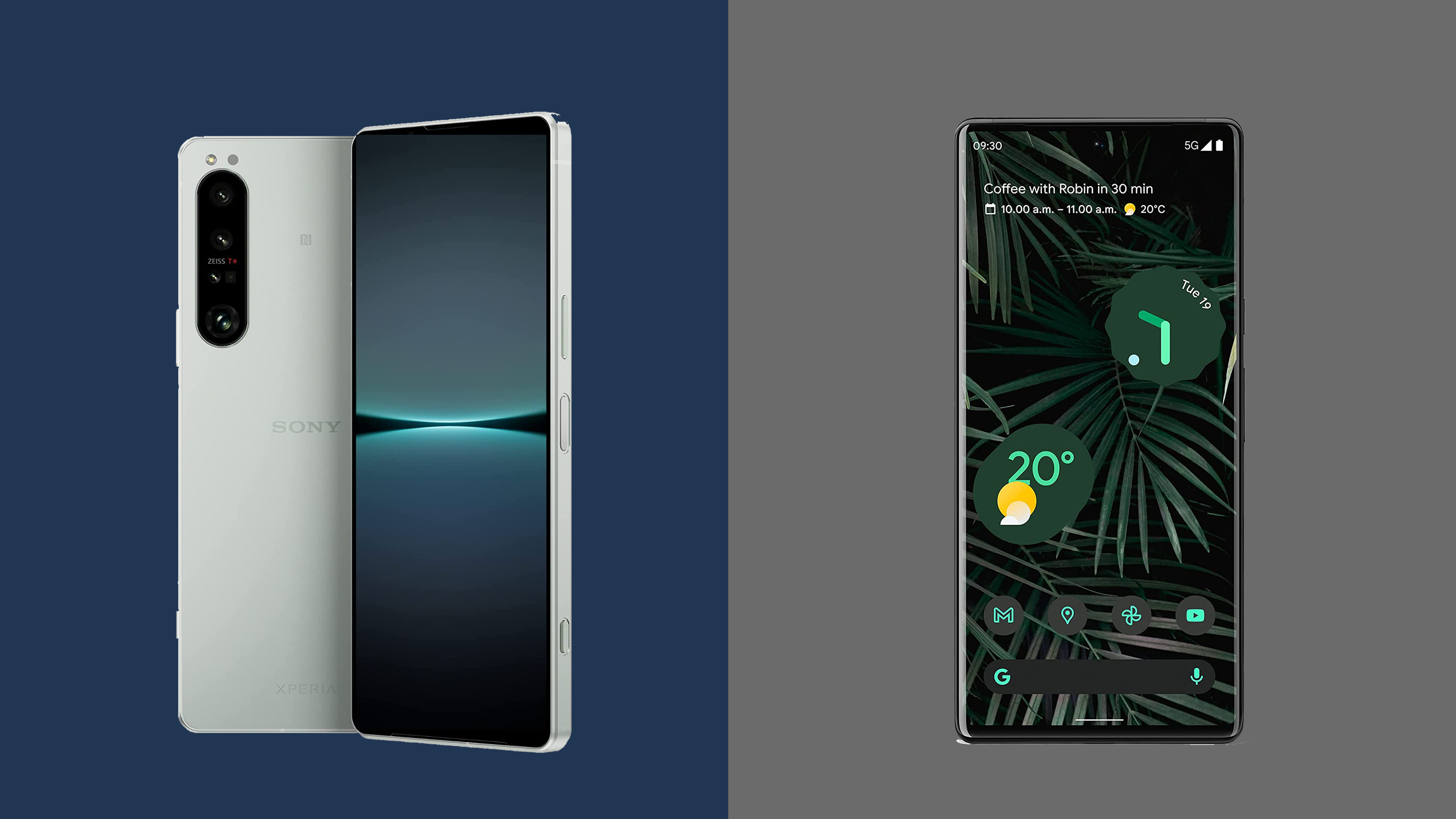
Sony has finally begun its global rollout of its Xperia 1 IV handset, adding an intriguingly distinctive flagship smartphone to the 2022 market.
We’ll be reviewing the Sony Xperia 1 IV in full soon, but for now we’ve been pitching it against some of the current big-hitters based on its impressive spec list and our hands-on time with the device. Now we’re putting it up against a heavyweight camera phone, comparing the Google Pixel 6 Pro vs the Sony Xperia 1 IV.
So how is Sony’s latest champion shaping up against the phone we’ve referred to as “The first top-tier Google Pixel phone”? It’s nothing less than a clash of smartphone philosophies.
Google Pixel 6 Pro vs Sony Xperia 1 IV price and availability
The Pixel 6 Pro has been available to purchase since October 28, 2021. Prices start from $899 / £849 / AU$1,299 for the 128GB model. You can also snag a 256GB model for $999 / £949 / AU$1,449. Our Aussie chums can also pick up a 512GB model for AU$1,599.
The Sony Xperia 1 IV hit the UK and Europe on June 16, and won’t land in the US until September 1. The latter market will receive a single 512GB model, costing $1,599, while buyers in the UK and Europe will get a 256GB model for £1,299/€1,399.
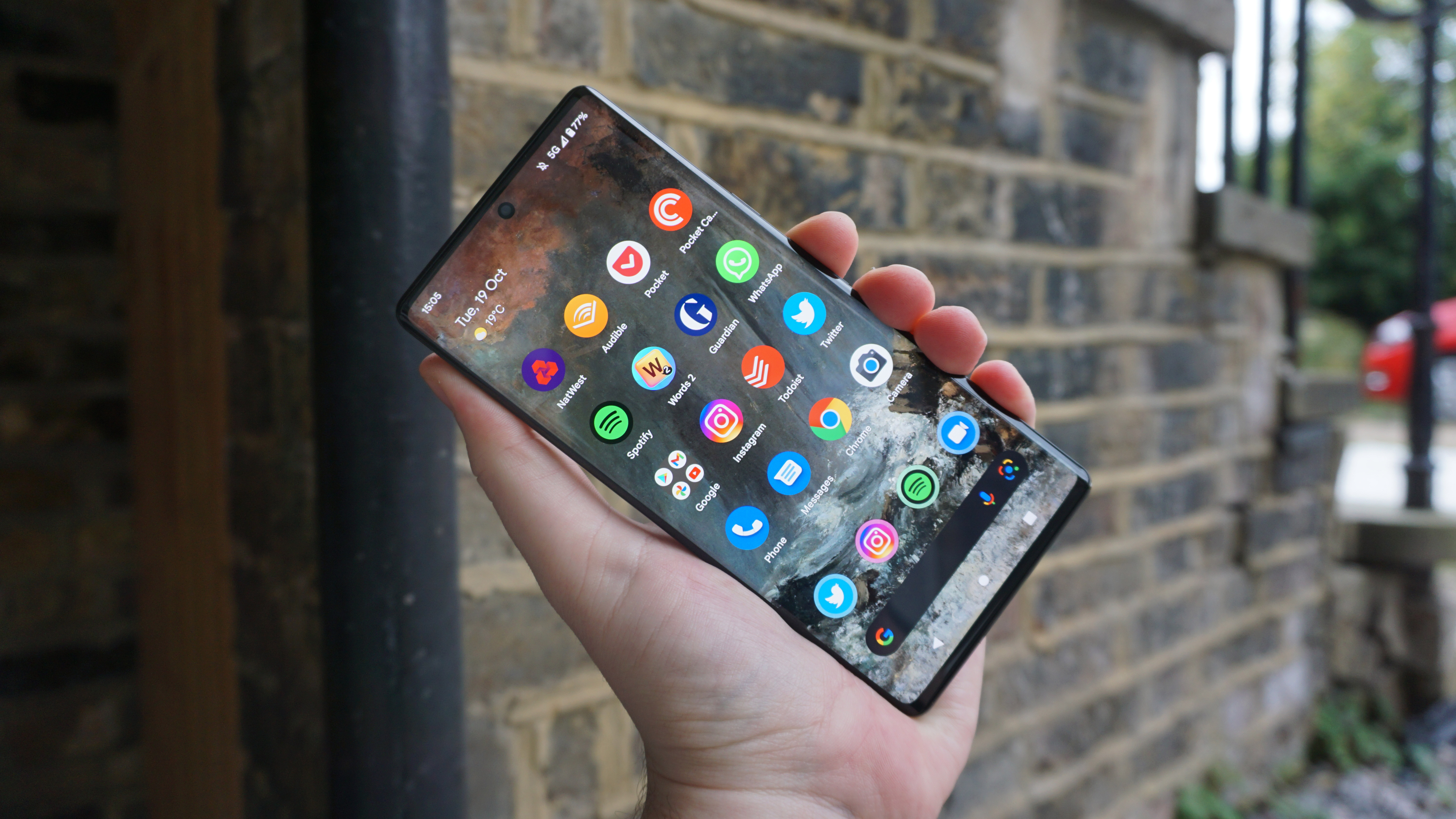
There’s no word on Australian availability just yet. Given Sony’s apparent indifference to the market, we won’t be holding our breath.
While the capacities don’t match up region to region, the Xperia 1 IV is quite clearly hundreds of dollars/pounds more expensive than its counterpart. That’s a significant early advantage for Google.
Sign up for breaking news, reviews, opinion, top tech deals, and more.
Google Pixel 6 Pro vs Sony Xperia 1 IV design
In terms of design, there couldn’t be two more different-looking flagship Android phones than the Google Pixel 6 Pro and the Sony Xperia 1 IV.
The Pixel 6 Pro is as in-your-face as they come, with a bold two-tone rear section bisected by a width-spanning camera “visor”. Curved edges make it comfortable in the hand, and around the front you’ll find a subtly curved display and minimal bezels, and a hole-punch selfie camera.
Sony’s phone is a complete contrast, with super-flat surfaces, a vertically stacked camera module, and chunky forehead and chin bezels. That forehead is home to the selfie camera, too, so the screen is entirely unimpeded. It looks very much like the Sony Xperia 1 III before it, if we’re being honest, while the Pixel 6 Pro is a true original.
In terms of dimensions, the Pixel 6 Pro measures 163.9 x 75.9 x 8.9mm, while the Sony Xperia 1 IV comes in at 165 x 71 x 8.2mm. This illustrates what a tall, thin phone the Sony is by comparison.
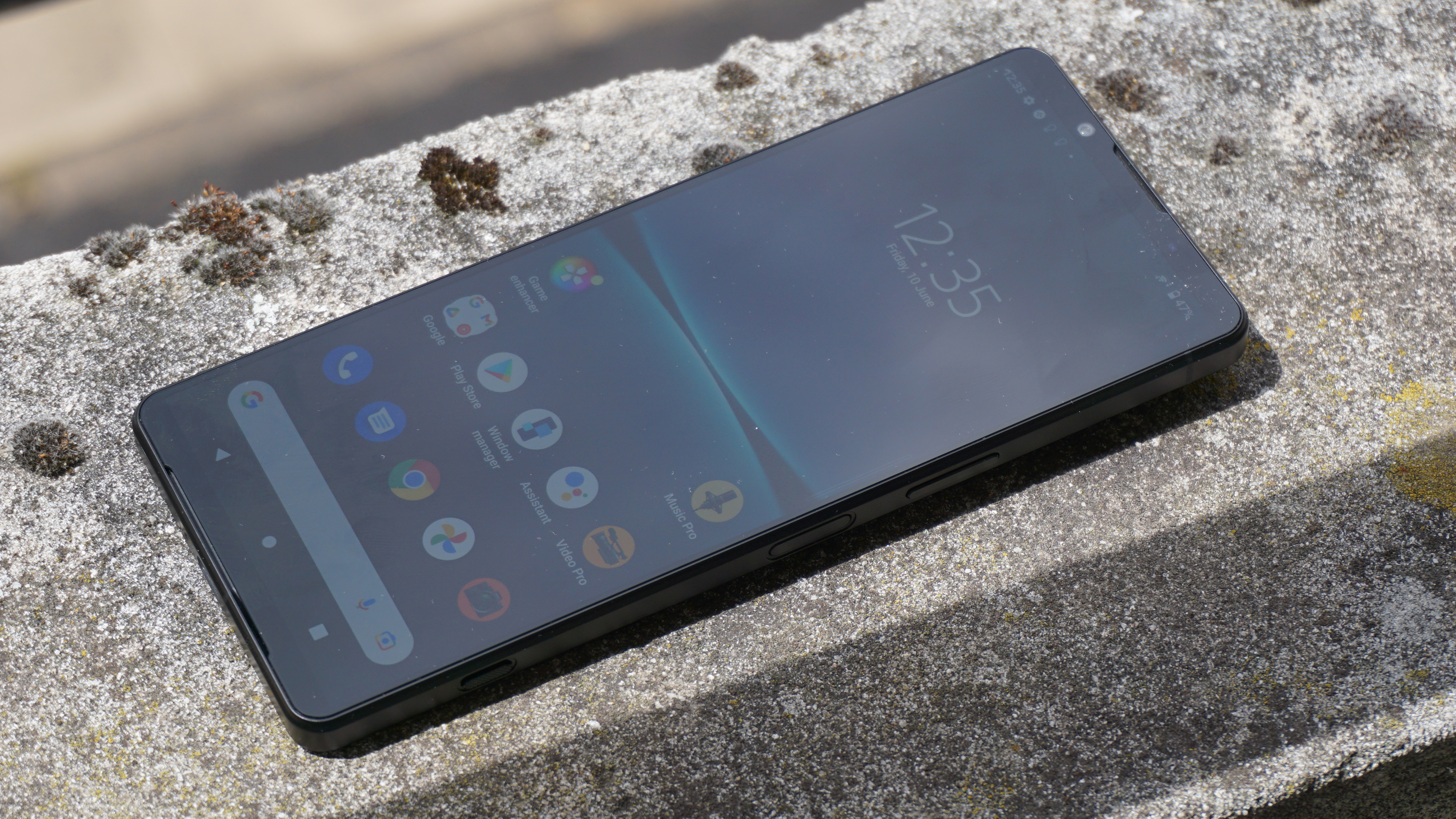
Sony’s new phone is also much lighter at 185g, compared to the Pixel 6 Pro’s somewhat weighty 210g. Fans of one-handed use might prefer the former.
The Xperia 1 IV is also notable for its signature physical camera button, as well as for the presence of a 3.5mm headphone jack. It’s rare to see such features anywhere in the flagship phone space these days, but it’s reflective of the Sony’s enthusiast leanings.
Google Pixel 6 Pro vs Sony Xperia 1 IV display
Both of these phones come with 120Hz OLED displays, but there are plenty of interesting differences to note.
The Pixel 6 Pro display is technically larger at 6.71 inches, whereas the Sony Xperia 1 IV measures 6.5 inches. However, Sony’s phone is wider when held in a landscape position, with a movie-friendly 21:9 aspect ratio rather than the Pixel 6 Pro’s more orthodox 19.5:9.
Another difference here is that the Sony Xperia 1 IV display supports a whopping 3840 x 1644 or 4K resolution in select applications. That’s many more pixels than the Pixel 6 Pro – or any other non-Sony phone, for that matter – with its 3120 x 1440 or QHD resolution.
We’ve never been wholly convinced of the need for 4K on previous Sony phones with such a small display, and we doubt that the Xperia 1 IV will change our mind. But it’s undoubtedly the best phone display in the business for outputting native 4K video content, especially with no notch to get in the way.
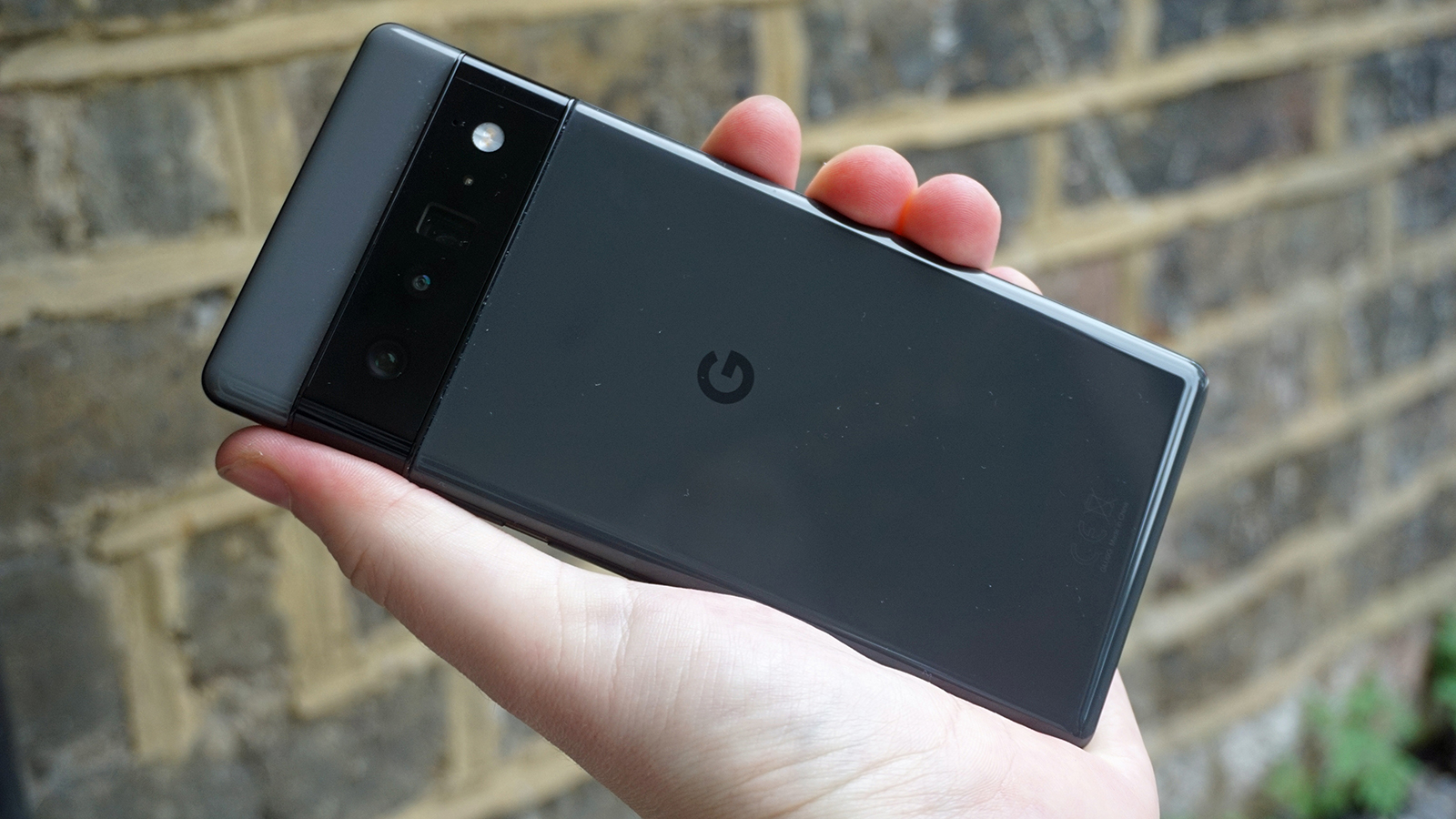
Another difference here is that Google has squeezed the fingerprint sensor under its phone’s display, whereas Sony positions it under the power button along the right-hand edge. We had our issues with Google’s solution, so this could be a win for Sony, if it turns out to be as quick and reliable as its predecessor.
Google Pixel 6 Pro vs Sony Xperia 1 IV cameras
When it comes to camera technology, this is a true clash of styles. Sony is the current king of stand-alone cameras, and it brings much of that expertise to bear on its phones with such features as a physical shutter button and the best autofocus system in the business.
Rather than go big on the pixel count, Sony has equipped its phones with three 12-megapixel sensors for wide, ultra-wide, and telephoto, which aids that laser-quick autofocus system.
The Sony Xperia 1 IV also brings a unique new telephoto lens to the party. This provides a continuous zoom between 70mm and 125mm, which roughly works out to a fluid 3.5x to 5.2x zoom range.
Google, meanwhile, has long been one of the best smartphone camera makers around, relying on its algorithmic excellence to turn out impossibly crisp and well-exposed shots with minimal tinkering required.
Led by a large 1/1.31-inch, 50-megapixel-wide sensor, and accompanied by a 12-megapixel f/2.2 ultra-wide sensor, it’s a more typically equipped Android flagship camera setup. There’s no continuous zoom, but its 48-megapixel telephoto sensor can provide a fixed 4x optical zoom.
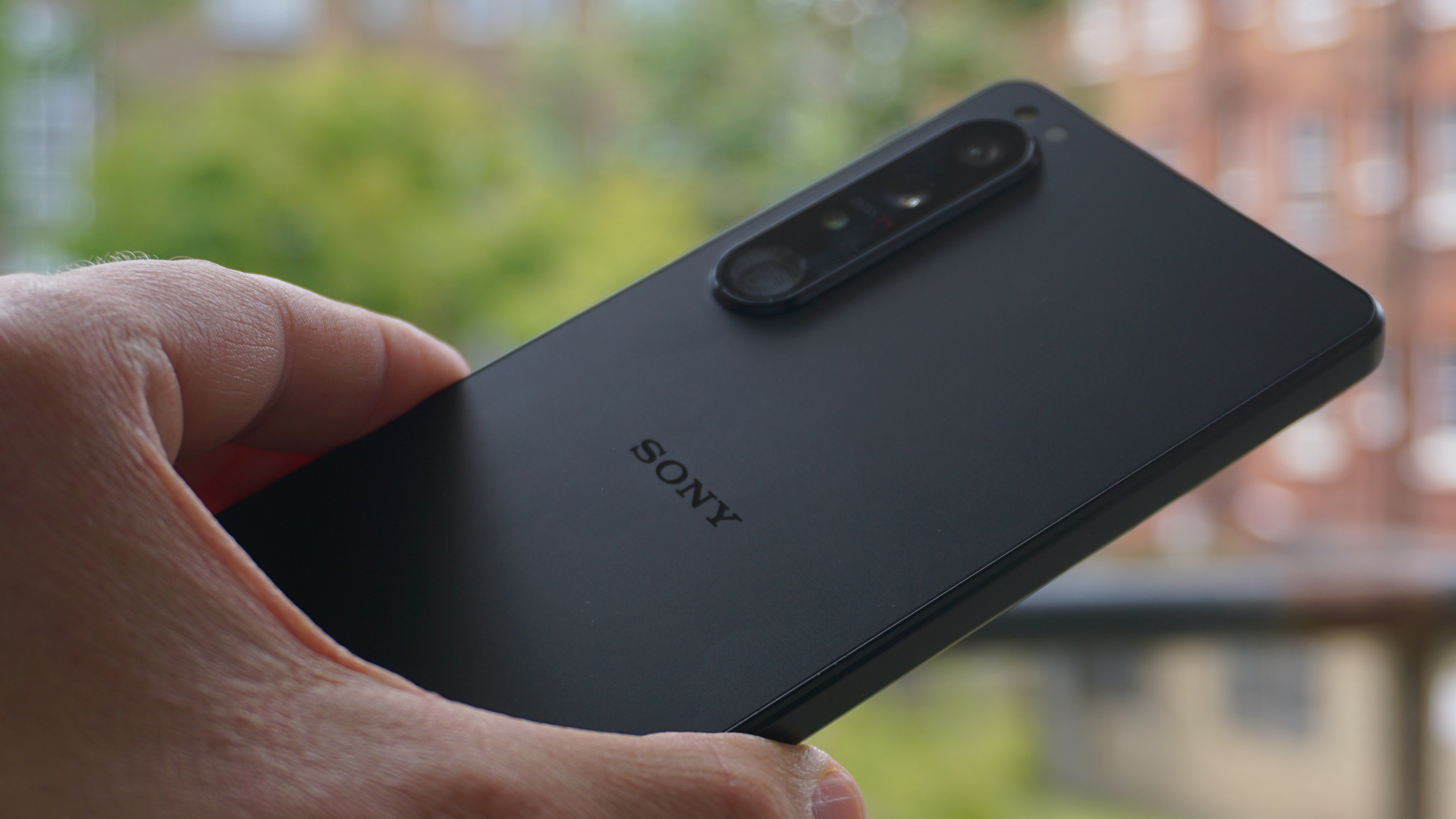
Google’s strength is in its machine-learning-driven software tricks, aided by its new Tensor processor. Magic Eraser is the most obviously magical, allowing you to tap to remove unwanted background elements from pictures. It doesn’t always work – but when it does, it’s pretty special.
Sony’s colors tend to be the more muted and natural of the two, begging you to work with the phone’s peerless manual controls and edit the final image based on a purer, cleaner initial image. Google’s colors tend to be cooler and more contrasty, with a more processed and finalized look as standard.
Our initial instinct is that the Pixel will offer the superior point-and-shoot experience, and thus be the better camera for most people. The Sony will deliver more manual control, and thus be ideal for pros and enthusiasts. We’ll have to wait and see for sure, though.
Google Pixel 6 Pro vs Sony Xperia 1 IV specs and performance
The Pixel 6 Pro is the first phone (together with the Pixel 6) to run on Google’s new custom Tensor chip, while the Sony Xperia 1 IV runs on Qualcomm’s Snapdragon 8 Gen 1.
Google’s Tensor isn’t a particularly memorable performer in terms of traditional benchmarking tests, where it falls well behind the Snapdragon 8 Gen 1 on most metrics. But Google’s enhancements are more about the machine learning potential of its chip, which is what enables some of the Pixel 6 Pro’s unique features (Magic Eraser being one example).
We all know how capable the Xperia 1 IV’s Snapdragon 8 Gen 1 chip is by now, based on our experience with it in the likes of the OnePlus 10 Pro, the Samsung Galaxy S22, the Xiaomi 12 Pro, and many more 2022 phones. It’s second only to Apple’s A-series processor for raw power.
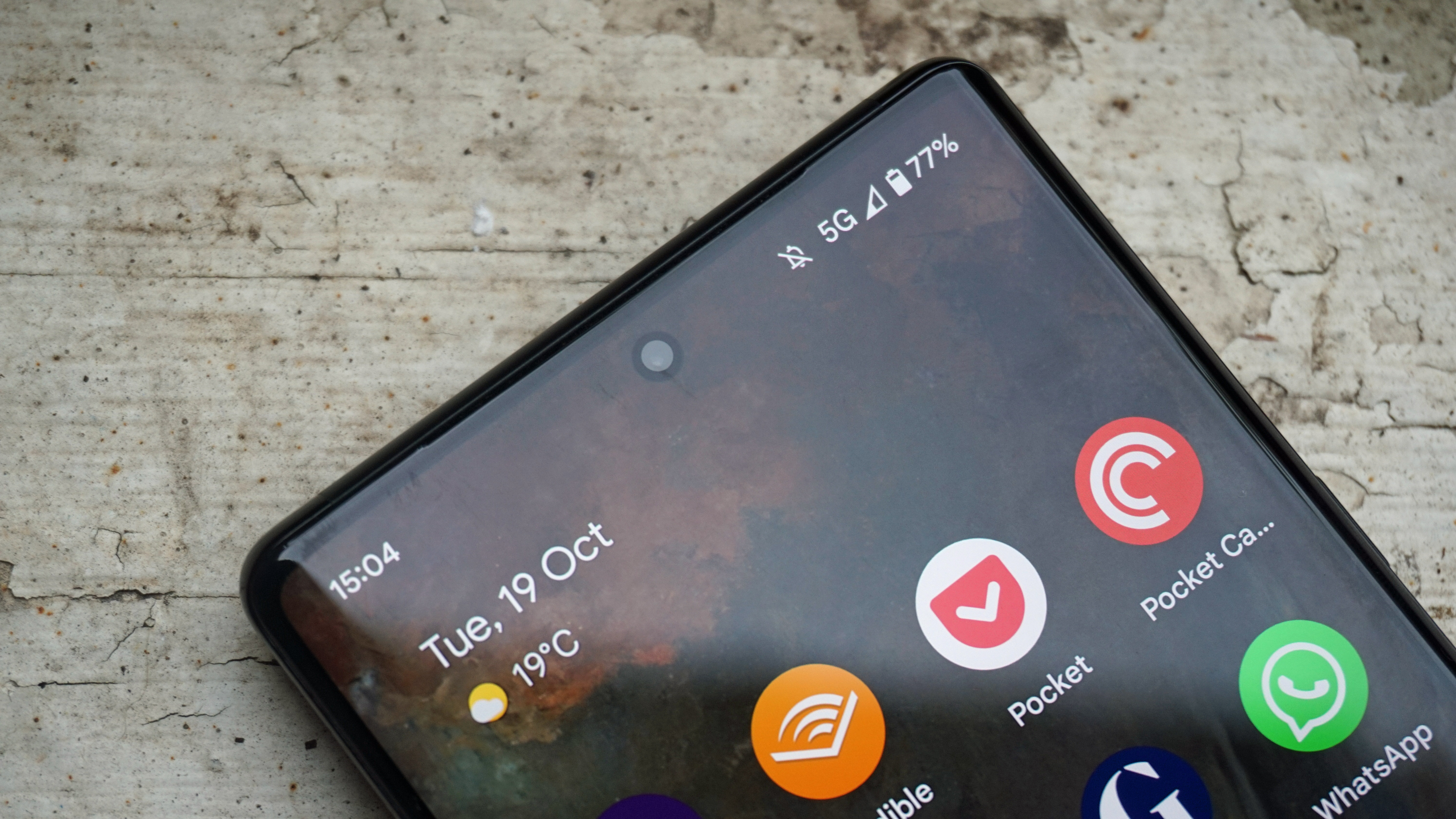
It remains to be seen how the performance of these two phones compares in the hand, but we’re confident both will feel similarly fast and fluid. Both should be more than capable of running the latest games at top whack.
With the Pixel 6 you also get Google’s increasingly distinctive strand of its own Android 13 OS. We’re past the point where “stock” can be used in conjunction with Google’s UI, since it’s actually pretty custom these days, particularly with its Material You bespoke wallpapers.
Sony’s UI is quite stock in the old sense, with simple menus and icons that don’t mess too much with the Google baseline. However, you do get custom Sony apps for its more enthusiast leanings (especially in the imaging department), which tend to be busy but powerful.
More significantly for some, the Xperia 1 IV will get two Android upgrades and three years of security patches, while the Pixel 6 Pro will get three full software updates. The Pixel 6 Pro has the clear advantage in the software stakes, we’d suggest.
Google Pixel 6 Pro vs Sony Xperia 1 IV battery life
Both of these phones come with a 5000mAh battery, which represents a much-needed step forward from both manufacturers.
We’ve only tested the stamina of one of these phones so far, and the Pixel 6 Pro’s battery life was “one of the weaker elements” of the phone. We found that it would last a day of typical use, but that it would struggle a little with more intensive use.
Is the Sony likely to perform better? Given that the Xperia 1 III with its smaller battery always left us with around 10% or so at the end of a long day (which sounds quite similar to the Pixel 6 Pro), we’re hopeful that it will. Watch this space.
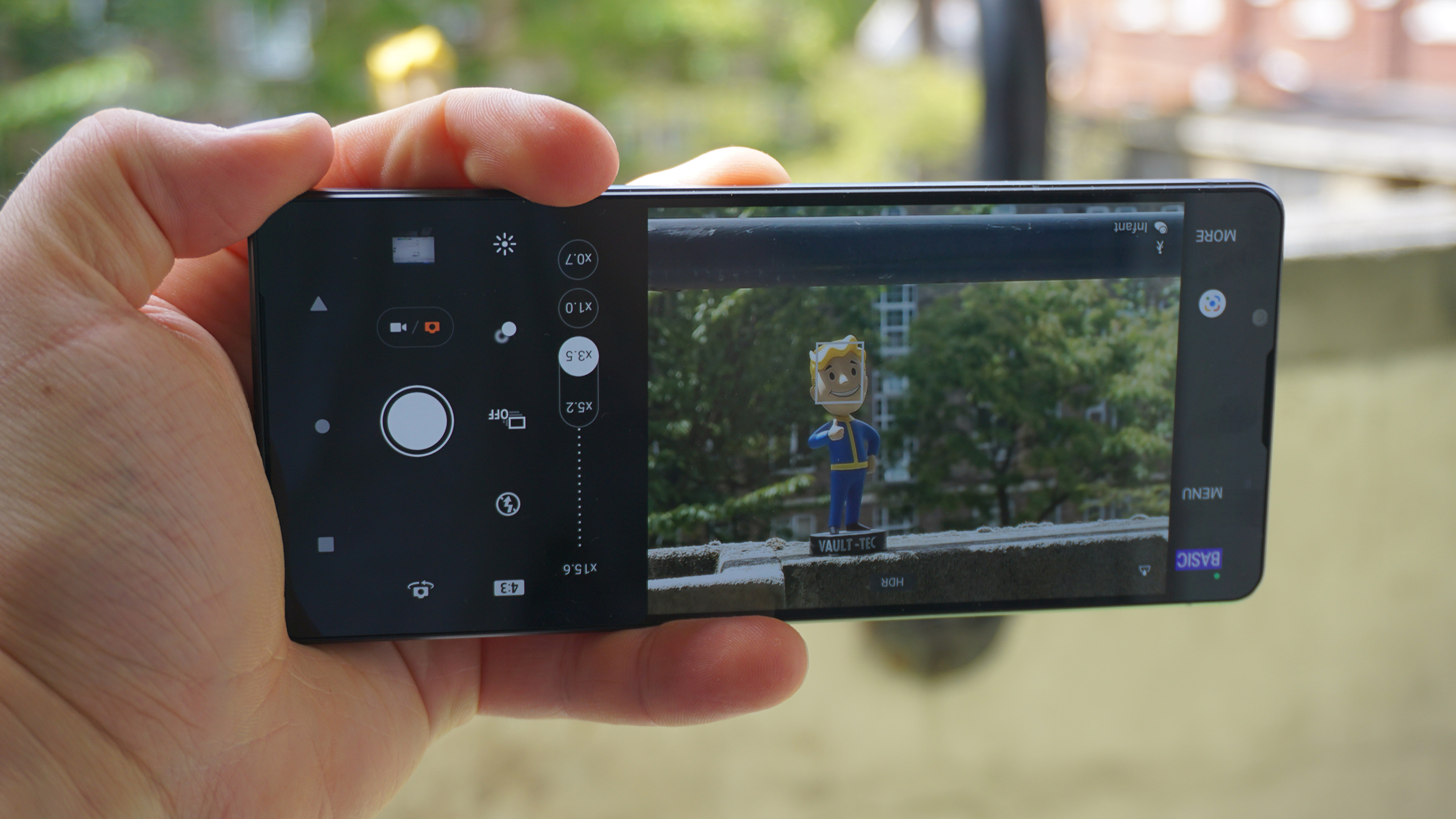
In terms of charging, both of these phones support 30W charging support, which isn’t great for a flagship phone. You don’t get a charger in either box, which is another shared downer.
You could say that Google wins on wireless charging, with support for 23W charging compared to the Xperia 1 IV’s 15W. However, you’ll have to buy Google’s expensive Pixel Stand in order to take advantage of that extra speed potential.
Takeaway
Sony appears to have produced yet another impressively spec'd yet decidedly niche flagship phone in the Xperia 1 IV. It goes against a number of prevailing trends in terms of design, camera approach and display technology, not to mention pricing – all in the name of appealing to enthusiasts and “pros”.
Google, by contrast, has given us one of the most accessible phones on the market. It has a bright and bold design, an effortlessly accomplished point-and-shoot camera, clean and colorful software with an extra year of promised updates, and a much lower price tag.
Of course, many of our comments about the Xperia 1 IV were true of the Xperia 1 III before it, and we still scored it the same as the Pixel 6 Pro in our review. If Sony has managed to refine its formula further, we could be in for an interesting scrap.

Jon is a freelance journalist who has been covering tech since the dawn of the smartphone era. Besides TechRadar, his words and pictures have appeared in The Telegraph, ShortList, Tech Advisor, Trusted Reviews, Expert Reviews, and more. He largely covers consumer technology, with a particular focus on smartphones and tablets. However, he's also been known to dabble in the worlds of entertainment and video games.